Interface with ML or AI
Neural Machine Translation
From wikipedia:
Neural machine translation (NMT) is an approach to machine translation that uses an artificial neural network to predict the likelihood of a sequence of words, typically modeling entire sentences in a single integrated model.
With neural network, machines do not translate text separately, instead, they can analyze the context of the text and pick words that fit the context most. This technology can be used widely in language-related fields.
Practical Application
Language Learning Helper
This technology is quite helpful in learning foreign languages. When people learn new languages, they tend to translate content direly from languages they are familiar with to the language they are learning. Therefore, some expression used by these language learners are like the text translated by a machine without neural network enhancement.
A straightforward solution to such problems are getting some native speakers to review the text, and that was what I did for my roommate when he learned Chinese in the freshman year. However, there are not always native speakers ready to help. With the help of NMT, we can develop an application to automatically review text for language learners and teach them how to organize sentences like native speakers.
Artistic Application
Slang Bot
With NMT, machines can understand slangs. I think the way people understand slangs are just like machines with neural network. Sometimes it is difficult to give an accurate definition of a slang, and people usually understand slangs with the contexts they are used.
The “Slang Bot” is a bot enthusiastic about slangs. When you say a sentence with slang, it can detect the slang you use in the sentence and reply you with another sentence including the same slang.
NMT introduces a new way for machines to process language. In the old days, machines understand language like a map that maps lexis to its definition. However, neural network helps machines understand language with context. In this way, machines can process language in an emotional way.
I believe it will be funny to see humans talking with robots using slangs.
 https://editor.p5js.org/Tgr/sketches/L0yXJWHRG
https://editor.p5js.org/Tgr/sketches/L0yXJWHRG
